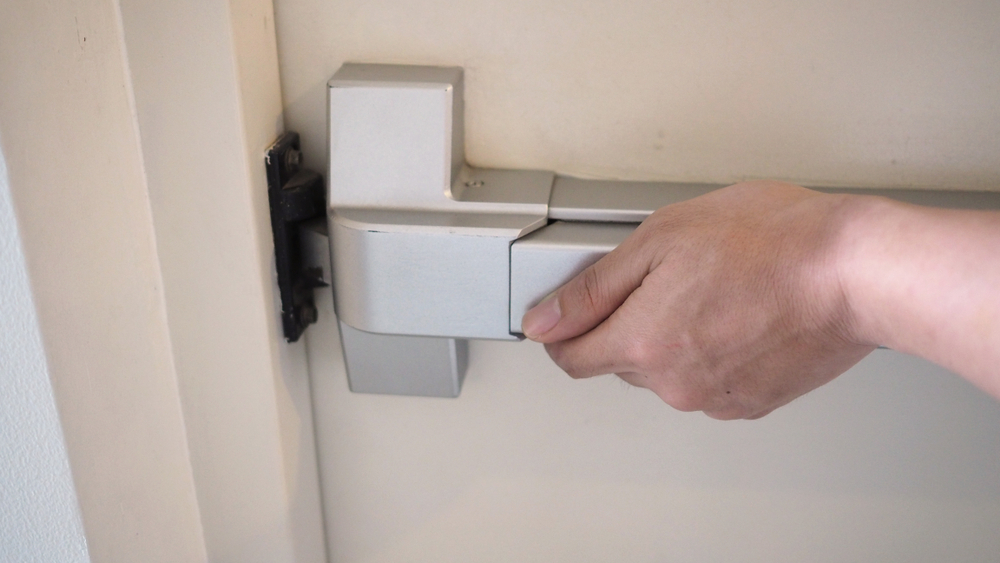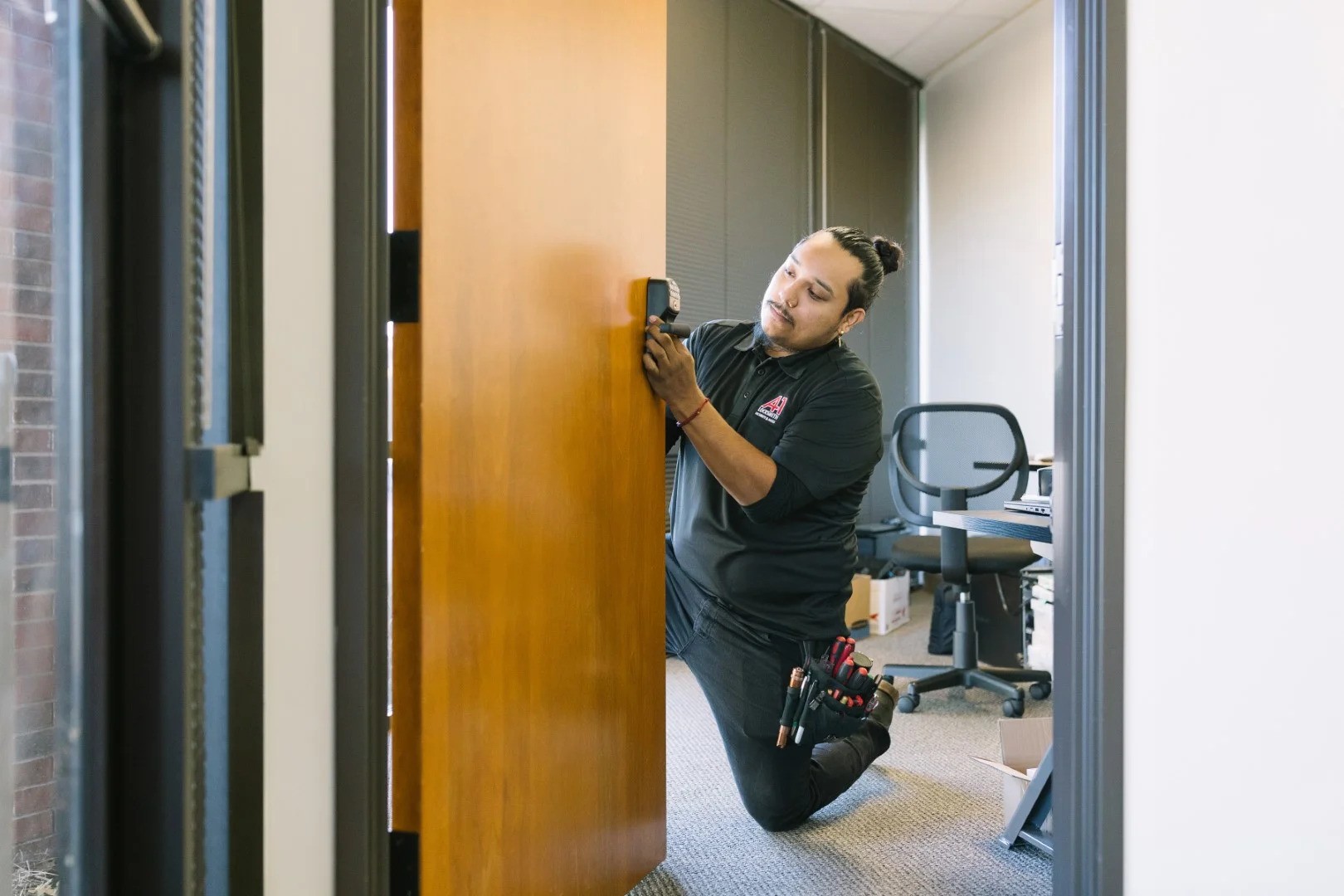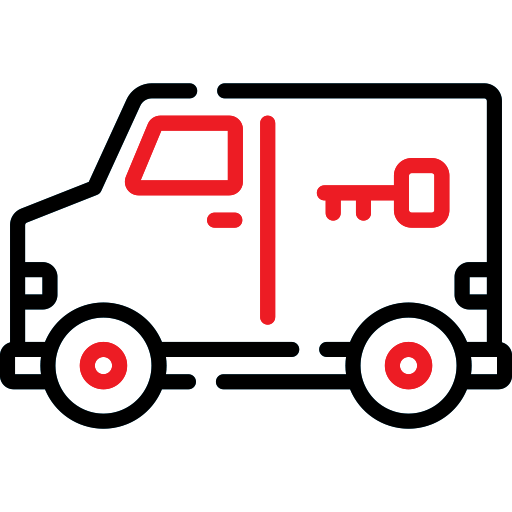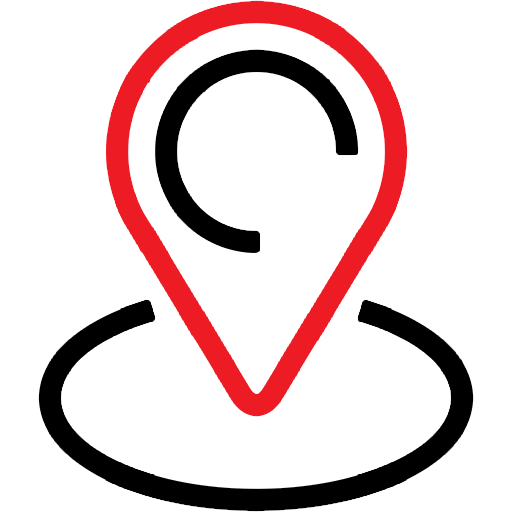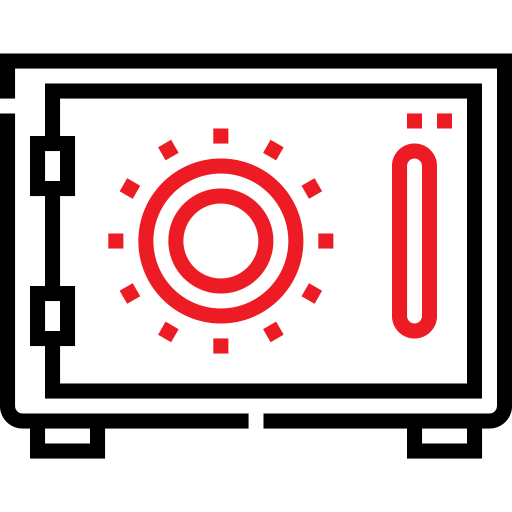Security is a basic human need. We want to feel safe in our homes, our places of business and work, our cars, everywhere. It is not at all an unreasonable request, safety and security in all you do. What is wrong with wanting a little peace of mind when you go about your day? For one, this frees your conscience from a little bit of the everyday stress and can make you happier. Happiness means productivity and a sort of infectious positivity that seeps into the minds of everyone around you. Okay, that might be taking it a bit too far but the effect is certainly similar. You become focused upon more important and pressing issues when you feel a sense of safety, and this can allow for a more relaxed and clear frame of mind. We know that security is important, but it is not often that we consider just why we need it beyond basic needs.
The locksmithing industry is seen as an offshoot of the security industry but is, in actuality, an entity in and of itself. It is the means by which we achieve and maintain a sense and a state of security. Therefore, it must operate by its own rules and its own merits, maintaining a standard of operational quality that must be ensured at all times. Yesterday we profiled a few different types of locks that one person my encounter on an everyday basis. Sure, you have your basic single-cut blade, but you can also have key cards, key codes, biometric security measures with advanced security capabilities. But what of the locks themselves? Here we profile a few of the locks that you might encounter in everyday use:
- Pin-tumbler locks are the most commonly-used locks in the western world. A plug acts to keep the door locked and is unable to spin without the aid of a key by two sets of pins: spring-loaded driver pins on top and key pins below. When the correct key is inserted the lower key pins are lined up with the top of the plug, allowing it to spin and unlock.
- Wafer-tumbler locks are similar to pin-tumbler models but with rectangular ‘wafers‘ in place of cylindrical pins. The set of wafers are spring-loaded and prevent the plug from moving because they are set into it on the bottom of the lock. When a key is inserted the wafers are raised out of the plug and entry may be gained.
- Lever locks, which are pretty self-explanatory and use levers as the main locking mechanism, are popular in most prisons and safes.
- Combination locks are popular in academic settings and require something of a numeric code to gain entry.
Whatever the lock or key, A-1 Locksmiths will fulfill all your locksmithing needs in the Dallas/Fort Worth area. Call them today at (972)-284-7500.

